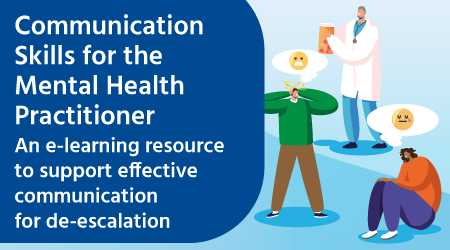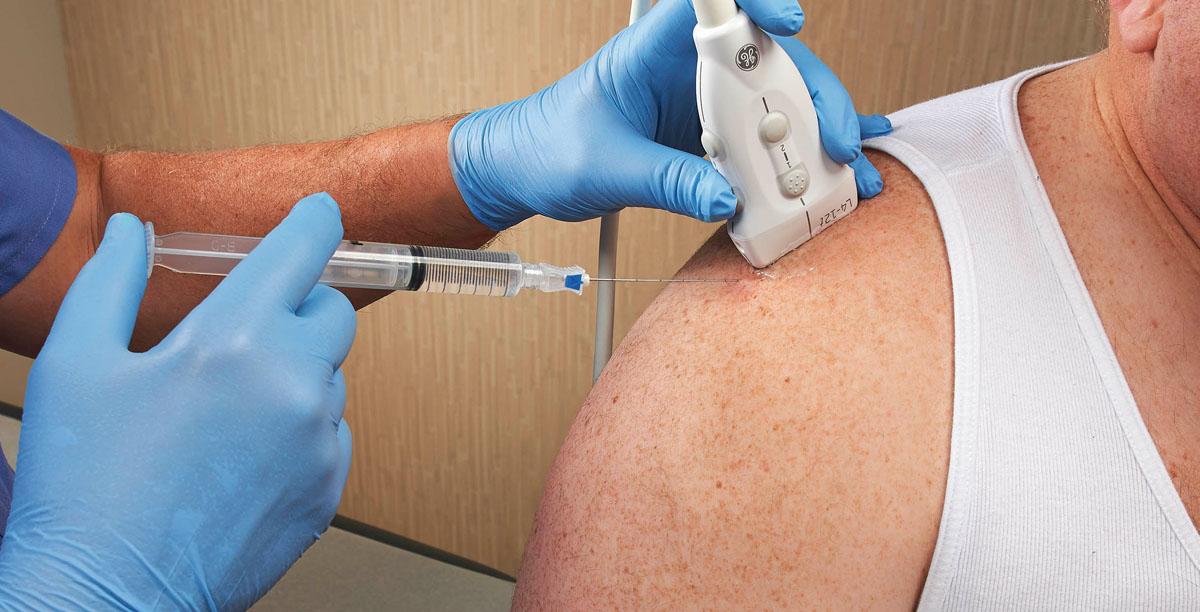Omega-3 fatty acids are essential nutrients that play a crucial role in maintaining overall health. While fish oil supplements are a popular source of omega-3s, they are not suitable for vegans or vegetarians. Luckily, there are many plant-based alternatives that can provide the omega-3s your body needs. In this article, we will explore some of the best sources of vegan omega-3 supplements, from flaxseed to algae.
Flaxseed
Benefits of Flaxseed as a Source of Omega-3:
- Rich in alpha-linolenic acid (ALA), a plant-based form of omega-3 fatty acids
- May help reduce inflammation in the body
- Supports heart health and may reduce the risk of heart disease
- May improve skin health and promote a glowing complexion
How to Incorporate Flaxseed into Your Diet:
There are several ways to add flaxseed to your daily diet:
- Sprinkle ground flaxseed on oatmeal, yogurt, or salads
- Add flaxseed oil to smoothies or salad dressings
- Bake with flaxseed meal in recipes for muffins, bread, or pancakes
Chia Seeds
Benefits of Chia Seeds as a Source of Omega-3:
- High in alpha-linolenic acid (ALA) and fiber
- May help improve digestion and promote gut health
- Rich in antioxidants that help fight inflammation and oxidative stress
- Supports brain health and cognitive function
How to Incorporate Chia Seeds into Your Diet:
Chia seeds are versatile and can be easily added to many dishes:
- Make chia seed pudding by soaking chia seeds in almond milk overnight
- Sprinkle chia seeds on top of smoothie bowls or yogurt parfaits
- Add chia seeds to baked goods like muffins, cookies, or bread
Algae
Benefits of Algae as a Source of Omega-3:
- Contains DHA and EPA, the active forms of omega-3 fatty acids found in fish
- May help lower triglyceride levels and reduce the risk of heart disease
- Suitable for vegans and vegetarians looking for a sustainable omega-3 source
- Free from contaminants like mercury and PCBs often found in fish oil supplements
How to Incorporate Algae into Your Diet:
Algae supplements are available in various forms, such as:
- Algae oil capsules that can be taken as a daily supplement
- Algae oil added to smoothies or salad dressings
- Algae-based protein powders for a boost of omega-3s and plant-based protein
Hemp Seeds
Benefits of Hemp Seeds as a Source of Omega-3:
- Contains a good balance of omega-3 and omega-6 fatty acids
- Rich in protein, fiber, and essential vitamins and minerals
- May help reduce inflammation and support immune function
- Provides a nutty flavor and crunchy texture to dishes
How to Incorporate Hemp Seeds into Your Diet:
Hemp seeds can be easily added to your meals for a nutritional boost:
- Sprinkle hemp seeds on top of salads, soups, or stir-fries
- Add hemp seeds to smoothies or homemade granola bars
- Bake with hemp seed flour in recipes for bread, muffins, or cookies
Conclusion
From flaxseed to algae, there are plenty of vegan sources of omega-3 supplements to choose from. Whether you prefer adding seeds to your meals or taking algae oil capsules, incorporating these plant-based sources of omega-3 fatty acids into your diet can help support your overall health and well-being. Make sure to consult with a healthcare professional before adding any new supplements to your regimen to ensure they are suitable for your individual needs.










